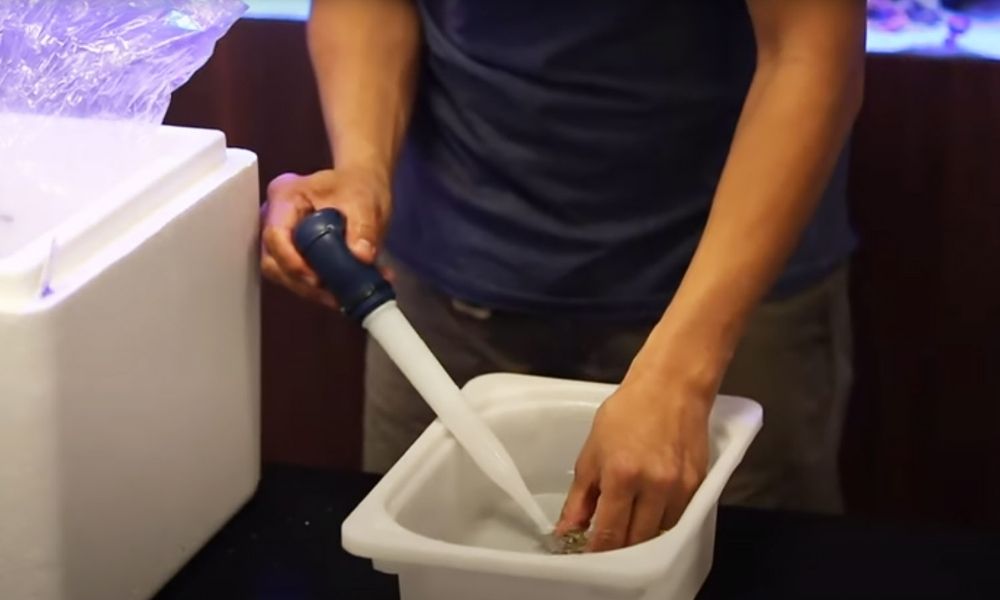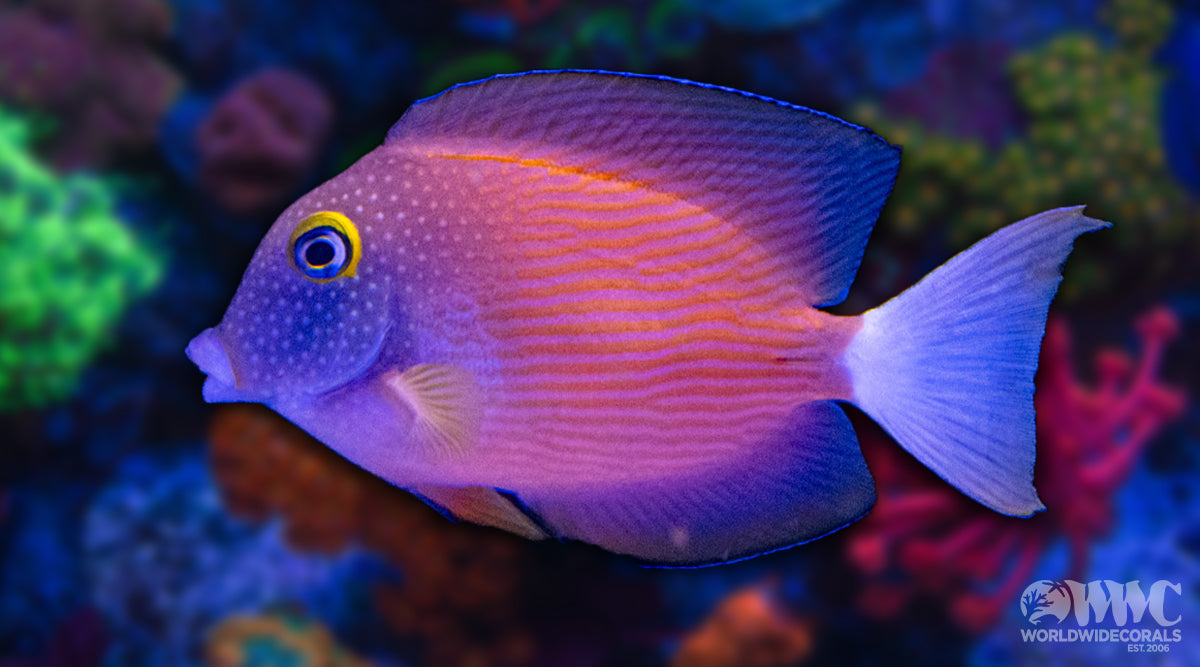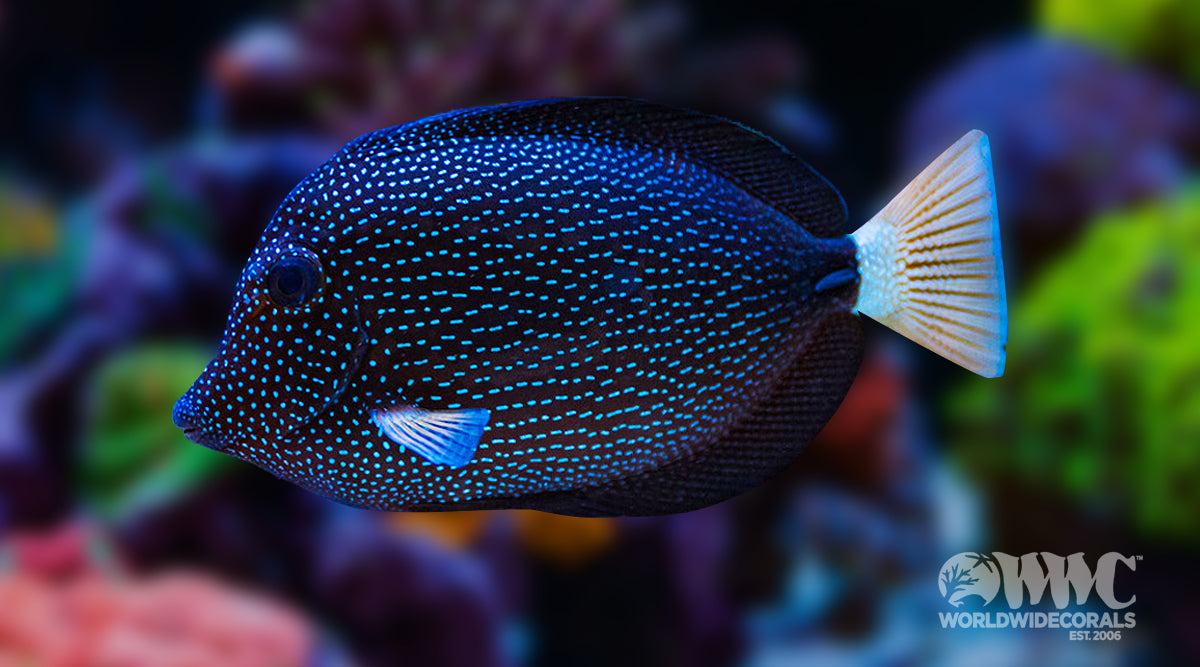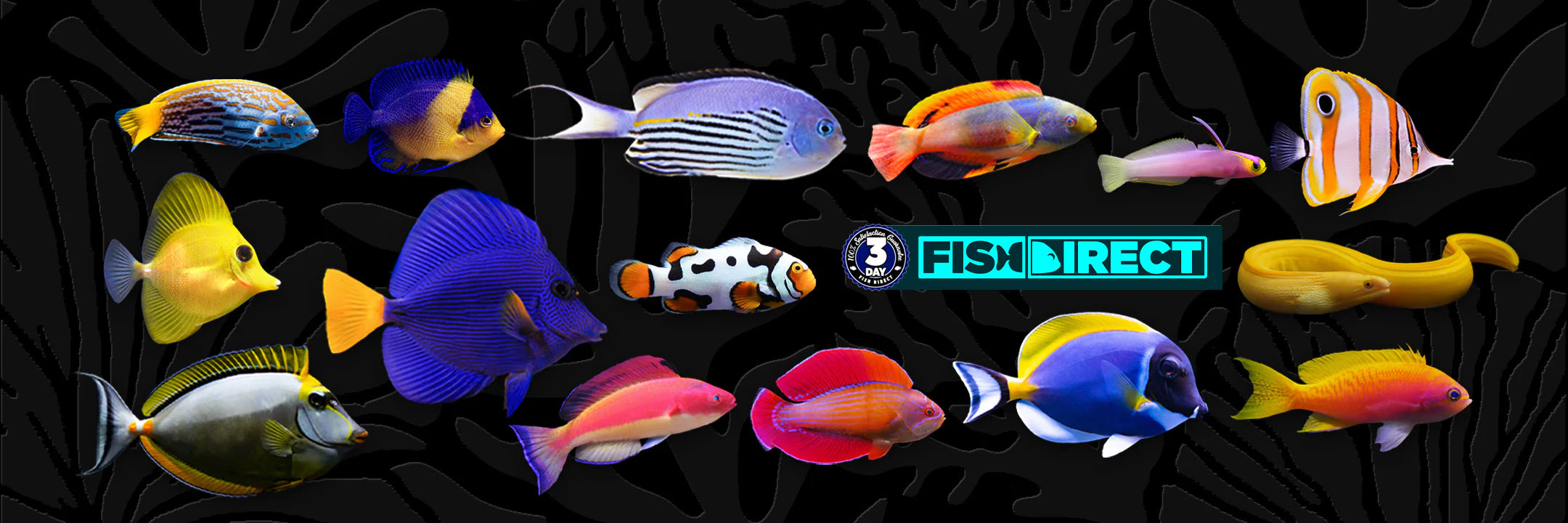If you’ve recently ordered new corals for your saltwater aquarium, it’s normal to be excited to officially add them to your tank. However, depending on your aquarium environment, placing them right away can send your specimens into shock. So it’s crucial that you take a bit of time to ensure that each of your new arrivals can adjust to their home. Read this guide to learn how to acclimate corals to an aquarium correctly and keep them healthy.
Place Corals in a Separate Container
Upon receiving your new corals, one of the first things you should do is release them, as well as the water they were in, into a larger separate container. This will allow you to better work with the corals and give you enough space to incorporate water from your tank. Take a minute to cut the long shaft at the end of the frag plugs if you’d like and gently blow any sediment or debris off your specimens.
Slowly Add Aquarium Water
Once this is done, start adding water from your aquarium to the separate container. This is how to best introduce your corals to the specifications of the tank environment and get them used to things like temperature, alkalinity, and oxygen levels. It’s recommended that you add about a half cup of water every few minutes until the corals are completely covered.
Turn Down Tank Lighting
Another vital step to acclimating corals to an aquarium is to slowly get them used to your lighting. If you had your new organisms delivered in the mail, it’s likely that they haven’t been exposed to light in 24 hours. So you’ll want to turn your tank lights down before placing them to minimize the amount of stress they experience. After a day or two of low to moderate amounts of light, feel free to return them to their original setting.
Place the Coral in the Tank
With the lights off, start placing the corals in your tank with the proper amounts of adhesive and super glue. Make sure you know what the needs of your new specimens are so that you can find the best locations for them. Some corals will need to be placed higher up to get more light, while others will need to be lower to get less. Consider factors like water flow as well during this process.
At World Wide Corals, it’s important to us that each of our customers has the best possible experience with their new corals. This is why our saltwater corals are specially aquacultured to be more durable when exposed to new environments. After undergoing a brief acclimation process, they’ll be ready to become a thriving part of your home ecosystem.





